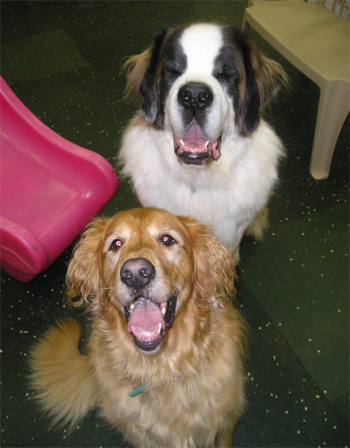 |
 |
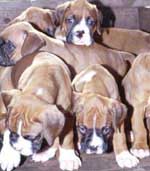 |
 |
 |
 |
|
|
| ||||||||||||||||||||||||
| Nasal Passage Histology | |
| Gross
Anatomy of Nasal Passage Sheep |
|
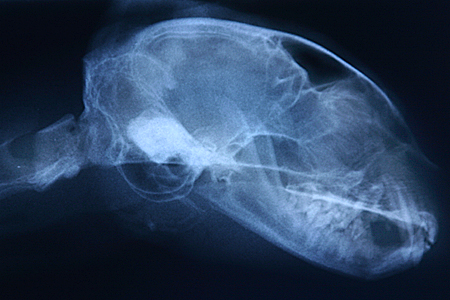 |
Frontal Sinus Cat skull radiograph |
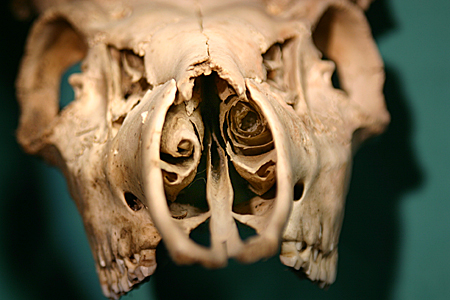 |
 Turbinates TurbinatesDeer |
Pharynx - the throat. It is a passageway shared by the respiratory and digestive systems.
Larynx - the voice box. It controls airflow to and from the lungs and helps produce vocal sounds. The epiglottis is a cartilagenous trap door that covers the opening of the larynx during swallowing.
Trachea - the windpipe. Held open by rings of hyaline cartilage. Branches into the left and right bronchi at its caudal end. The bronchi enter the lungs.
| trachea histology | |
| sheep pluck 1 | |
| sheep pluck 2 |
The lower respiratory tract is made up of the structures of the lungs. Each lung is roughly cone-shaped with its base lying against the diaphragm and its apex in the cranial part of the thorax.
|
|
||
 Lungs, lateral view |
 Lungs, dorsal view |
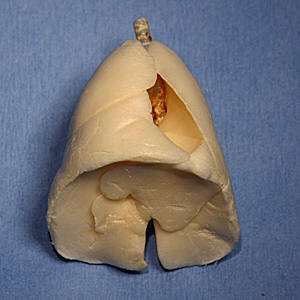 Lungs, ventral view |
Bronchi enter each lung and branch into
smaller air passageways.
Alveoli are tiny sacs surrounded by networks of elastic fibers and capillaries. They are like clusters of grapes and are the sites of gas exchange between the blood and the air.